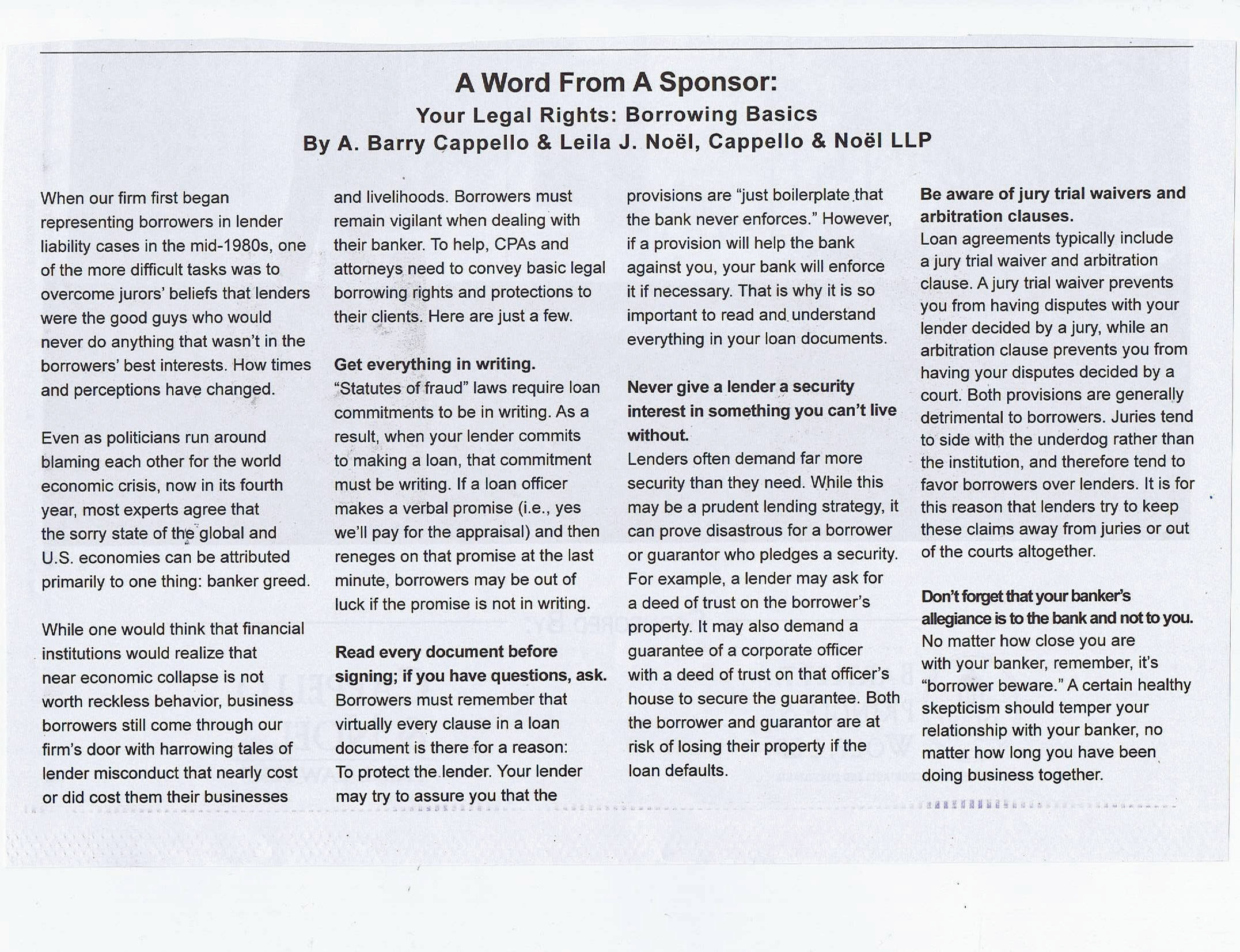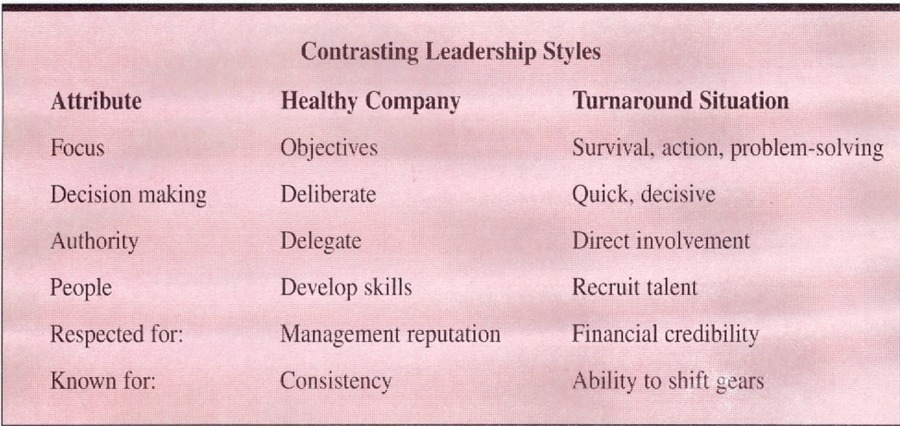Lender Liability
Lender liability,
which first gained prominence in the mid-1980s, has gained acceptance as a
substantive body of law. Briefly, lender liability law says lenders must treat
their borrowers fairly, and when they don't, they can be subject to borrower
litigation under a variety of legal claims. The decade-long evolution of lender
liability has resulted in most cases now involving breach of contract and/or
fraud claims.
For years, lenders
were the ones who typically sued borrowers for breach of loan agreements. With
the arrival of lender liability, borrowers became just as likely to sue lenders
for those breaches. A loan agreement is like any other contract. If the
agreement was fraudulently induced or there was an absence of mutual consent,
the agreement cannot be enforced. If the loan contract was breached, the lender
can be sued if it was the breaching party. The most common remedy pursued by
borrowers when a breach of a loan agreement has occurred is the recovery of
damages. This can include both the difference between the loan amount and the
costs for obtaining a replacement loan, and any lost opportunity or lost profit
damages.
Lenders often
assert the "parol evidence rule" to prevent borrowers from recovering
against them based on oral promises the lender may have made to the borrower.
The rule prevents admission of evidence in court of certain oral agreements
that would contradict a later signed agreement. The theory behind this rule is
that written evidence is more accurate than human memory, and the rule would
prevent fraudulent later-asserted claims. Unfortunately, this can open the door
to lender misconduct (i.e., a lender making an oral promise that the lender
then refuses to fulfill). Luckily for borrowers, there are several exceptions
to this "apparent" open and shut rule.
















No comments:
Post a Comment